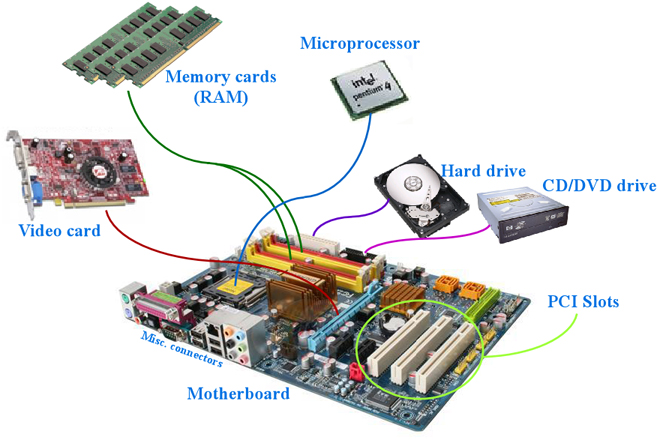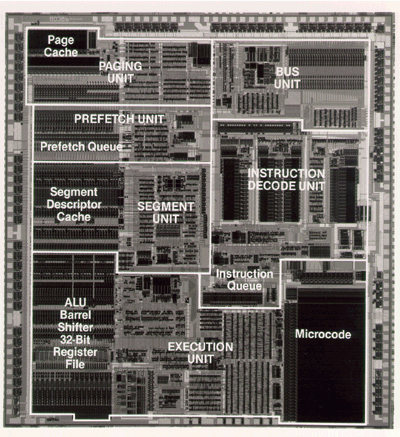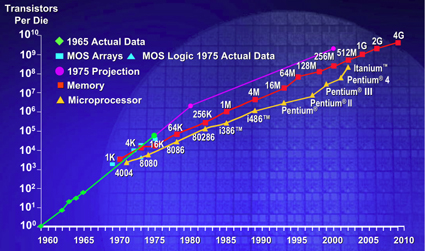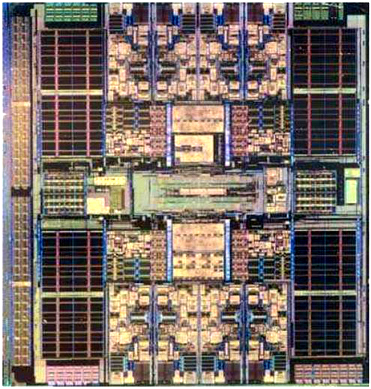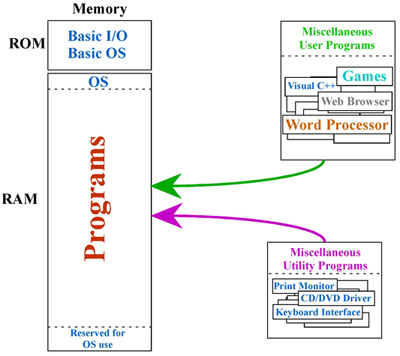CPU
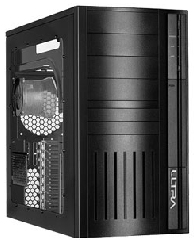 CPU (Central Processing Unit) Sometimes this term is used to refer to entire computer "box". Other times it refers to just the microprocessor chip mounted on the motherboard inside. |
Input Devices
These are any peripheral devices that provide data input to the CPU. This includes but is not limited to things like:
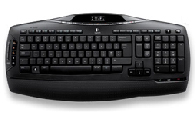 Keyboard |
 Mouse |
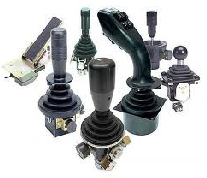 Joystick |
Output Devices
These are any peripheral devices that provide data output from the CPU. This includes but is not limited to things like:
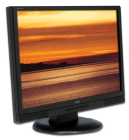 Monitor |
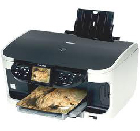 Printer |
Mass Storage Devices
These are any peripheral devices that provide data storage for the CPU. These devices are both input and output devices. This includes but is not limited to things like:
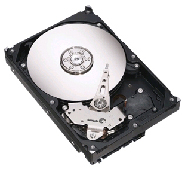 Hard Drive (internal or external) |
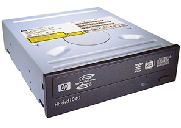 CD/DVD Drive |
 Thumb/Jump Drive |
